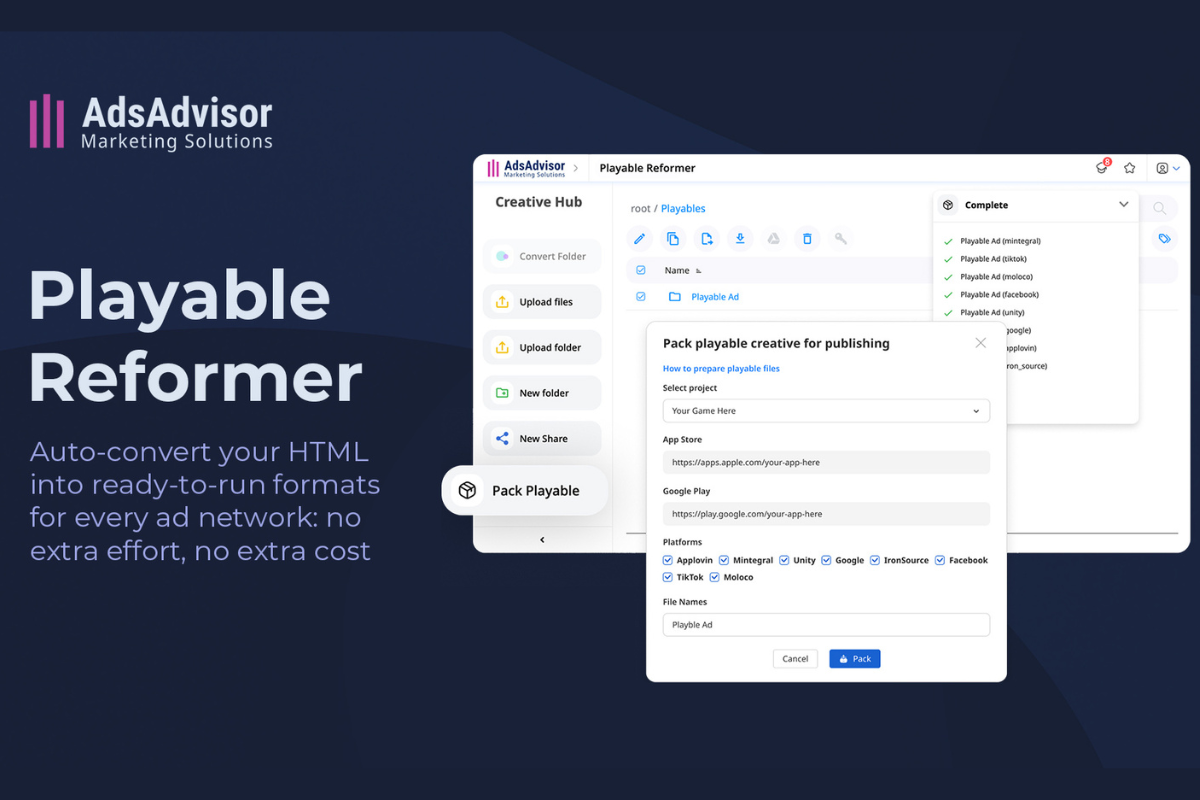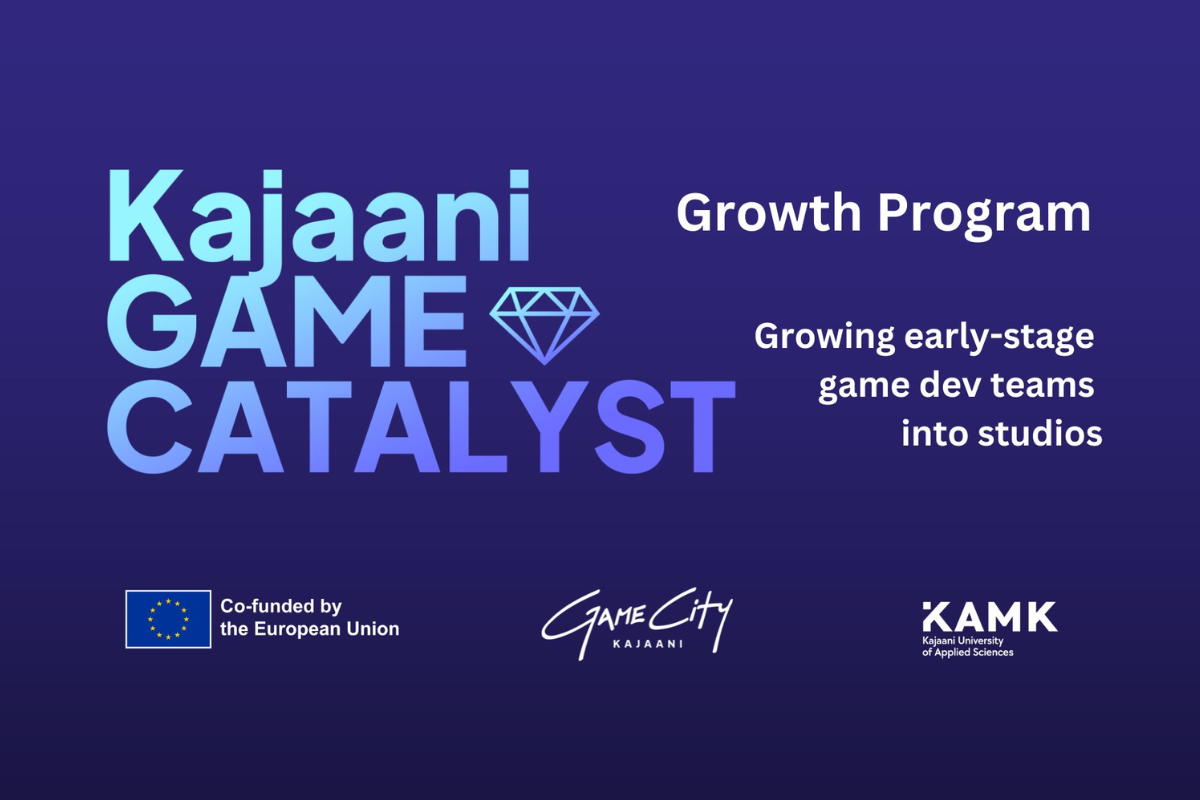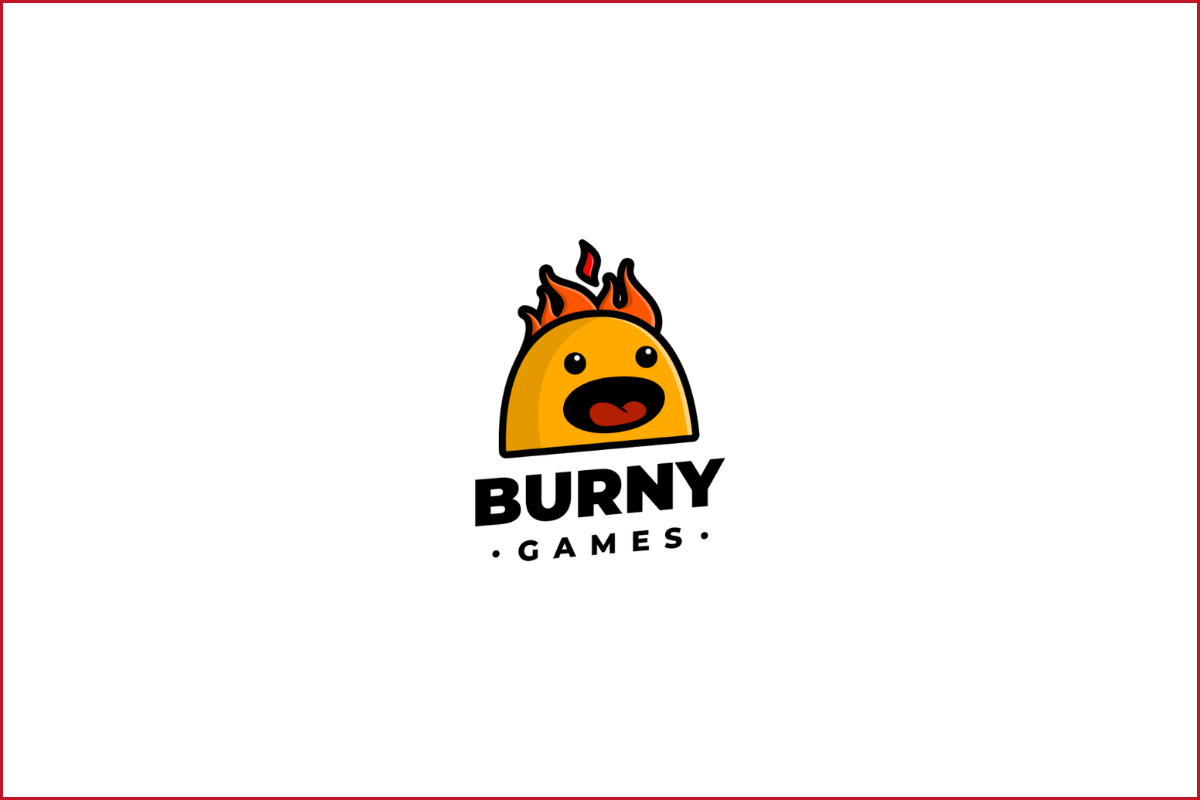With 15+ years of experience in Communication, Business Development, Marketing, and PR, and 9+ years of experience in the gaming industry (consoles and mobile), Yana Vesnina, M&A Specialist at ZiMAD, shared her insights with us on how to know when you should sell your game.
The insights are tailored for studios looking to grow, scale, or simply better understand when it might make sense to part ways with a game, even a successful one.
Mergers and acquisitions (M&A) in the mobile app market are a unique and evolving space, with their own nuances in buying and selling. Unlike full studio acquisitions, app-focused deals can offer greater flexibility and opportunities for both buyers and sellers, serving a variety of strategic goals.
Many developers don’t consider selling their app if it’s successful and generating revenue. However, even a well-performing game with strong organic growth today could face uncertainty tomorrow—store algorithms change, market trends shift, and competition evolves. There’s never a guarantee that your game will maintain its position.
At ZiMAD, we’ve been actively involved in mobile app M&A since 2020. Based on our experience, here are some key reasons why selling your game might make sense today.
1. When You Want to Strengthen Your Portfolio
If you manage a portfolio of apps, selling one can provide the funds to acquire or create a new app and diversify your offerings. This approach helps stabilize your portfolio by introducing different genres or monetization models.
For example, if your portfolio consists solely of coloring book apps, selling one with an ad-based monetization model to purchase an app with hybrid or in-app purchases can improve revenue potential. The key is to sell at the right time—ideally when the game is performing at its peak in terms of revenue and metrics.
However, pricing it too high can be a mistake. If you overvalue your game, you may miss the peak selling window and struggle to find a buyer. Market-savvy buyers are well aware of standard industry multiples, so attempting to sell above market price can deter interest. Additionally, artificially inflating metrics by purchasing traffic won’t work—buyers conduct thorough due diligence and will quickly spot any inconsistencies.

2. When You Need Additional Development Resources
Sometimes, a small team starts working on a project, only to realize later that it requires far more resources—both financial and technical—than expected.
For example, a studio developing a narrative-driven game may find itself lacking the manpower to generate ongoing content, and hiring additional experts may not be feasible within the project’s budget. Similarly, a game built on an outdated engine may require specialized developers for maintenance, making long-term support costly and inefficient.
In such cases, selling the project to a studio with the capability to operate or upgrade it can be a smart move.
Holding onto a title that your team struggles to support leads to inefficient resource allocation.
Instead, selling the game at the right time allows you to reinvest the proceeds into marketing other projects, R&D, or developing a new product.
3. When You Need the Expertise of Larger Studios
At times, a studio may hit a growth ceiling—unable to scale revenue further through marketing or game design improvements. The transferring process that involves other experienced industry leaders from huge studios (like ASO, UA, Monetization, etc.) to the small market players can unlock new growth opportunities, whether through strategic optimizations or cross-promotion within an existing portfolio.
The key is to act at the right moment—when your studio’s expertise has been maximized, but the game’s metrics are still strong. Delaying too long carries risks:
- Declining metrics can limit the buyer’s ability to scale the product.
- Competitors may quickly replicate your game, reducing its uniqueness.
4. When Market Trends Shift
The mobile gaming market evolves rapidly, with trends emerging and fading quickly. Just a few years ago, many studios rushed to develop tiles or onnect games. Those who recognized the trend early were able to sell projects or entire portfolios while demand was high, reinvesting in new, promising genres.
To stay ahead, it’s crucial to follow development pipelines, adhere to roadmaps, and time releases or sales strategically. Otherwise, you risk holding onto a low-interest asset that loses relevance as players move on to new trends.
Every mobile game has a lifecycle. Understanding where your game stands can help you make timely decisions and maximize its value before it’s too late.

M&A Manager at ZiMAD Games
In charge of Business Development at Azur Games and My.Games in the past, 10 years of experience in the game industry.





